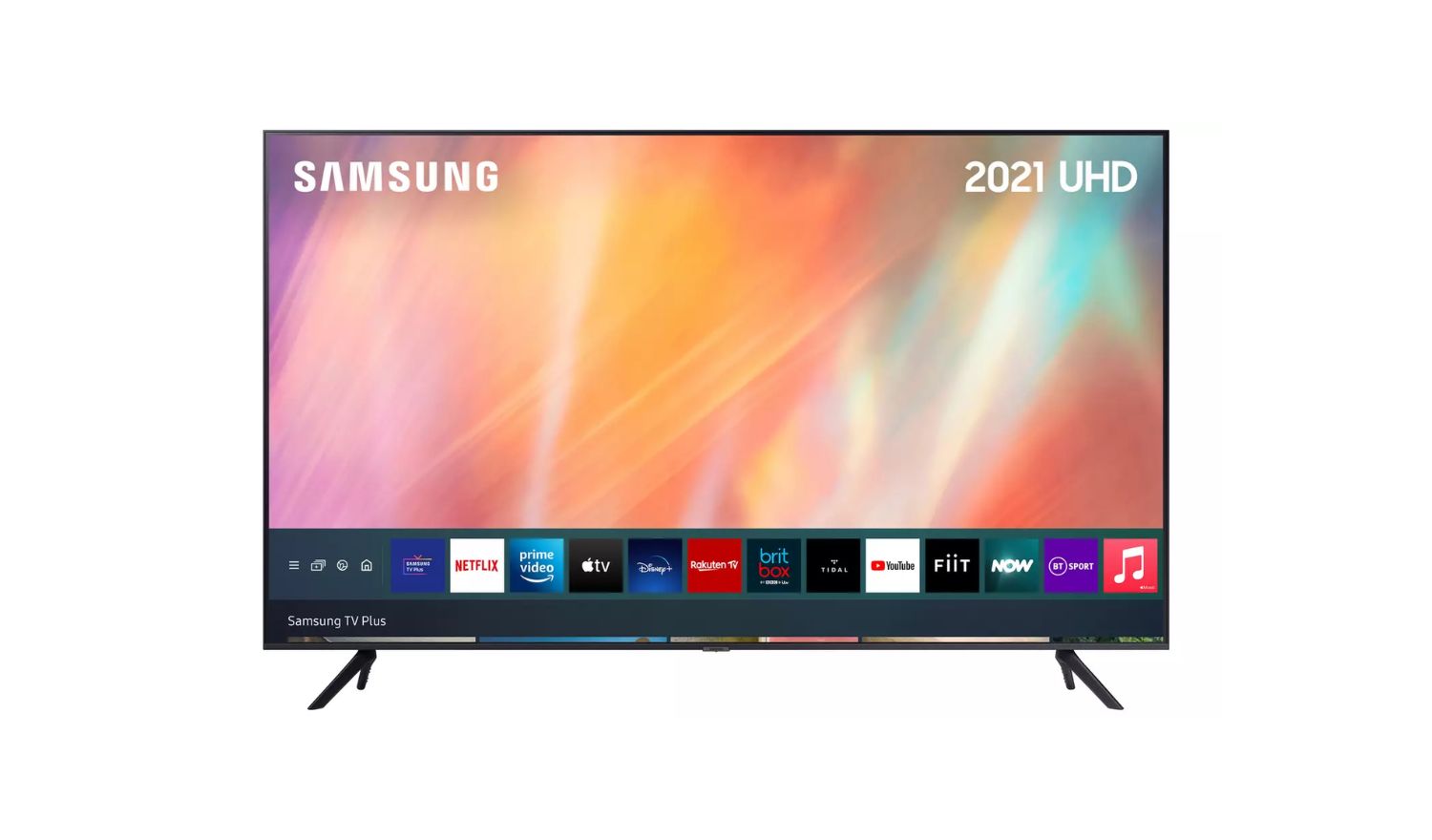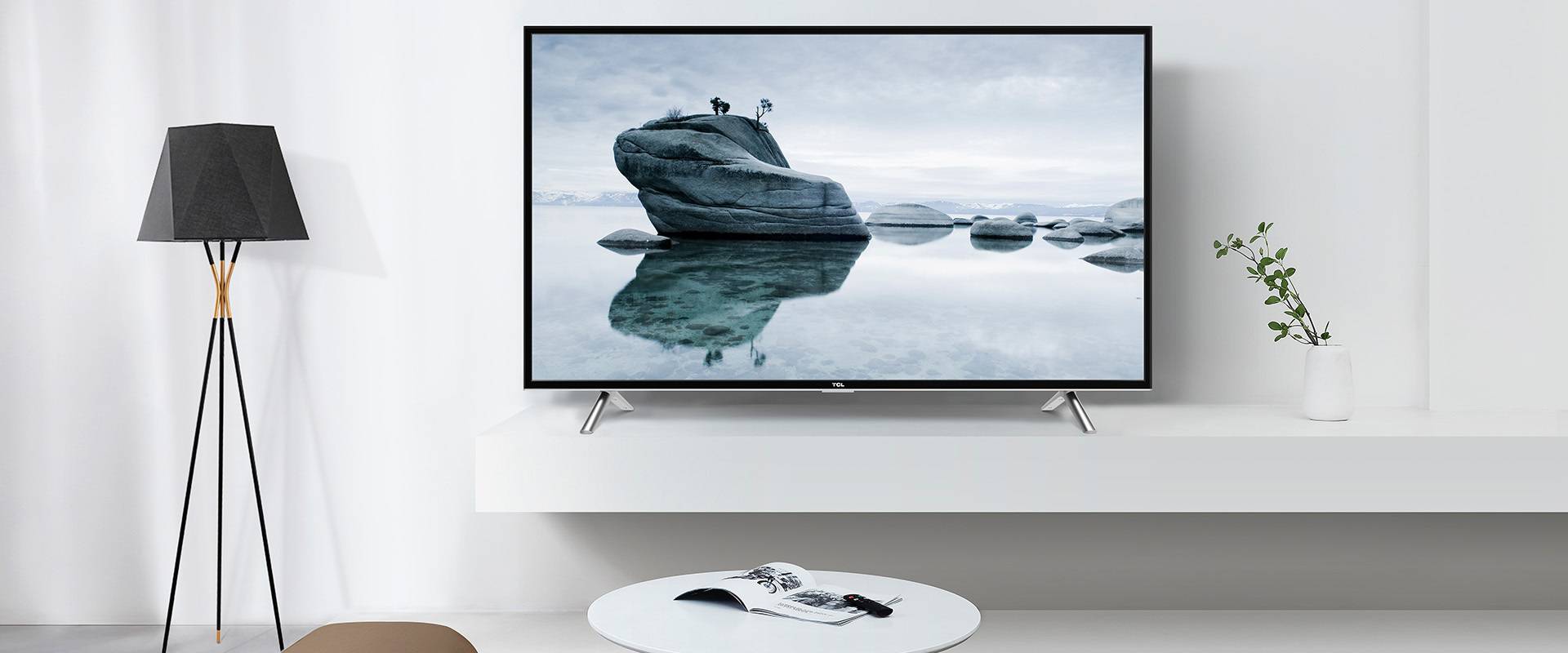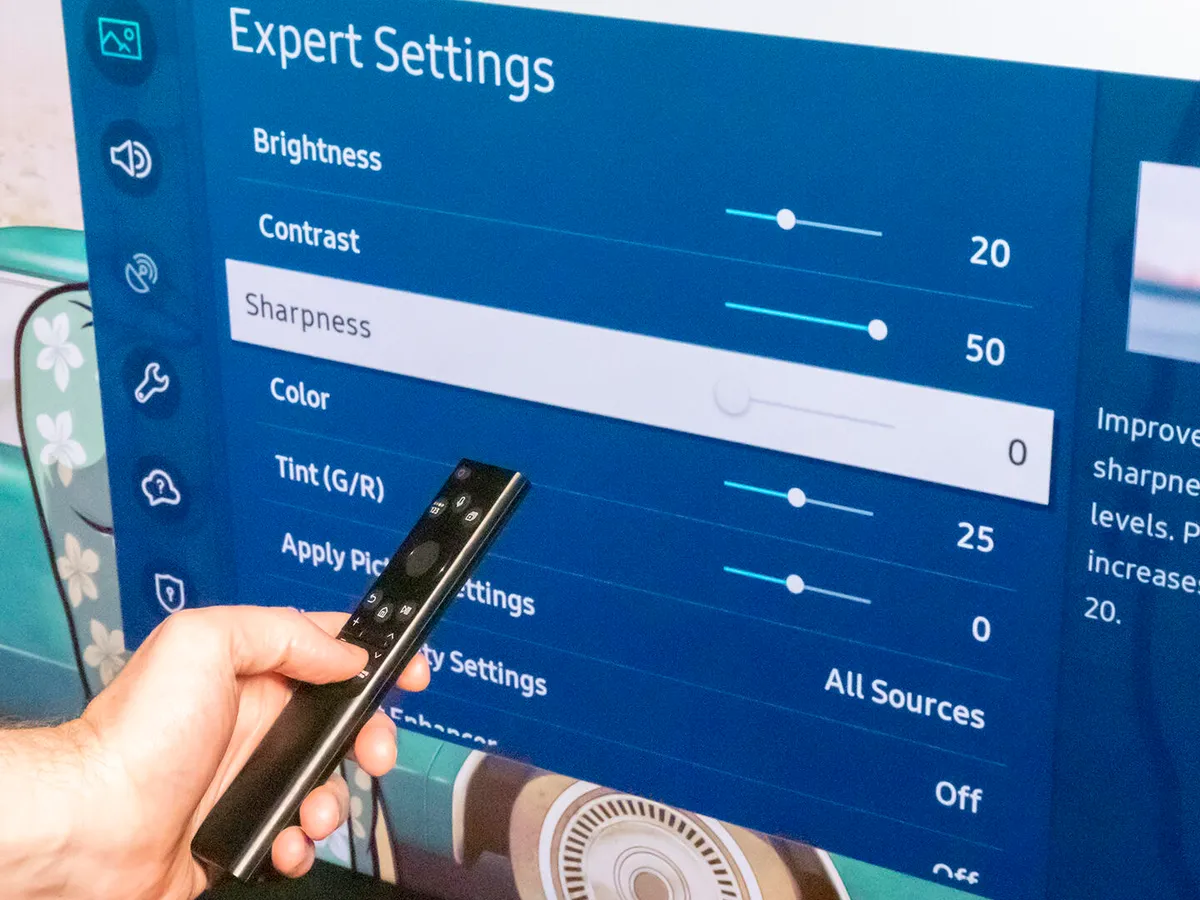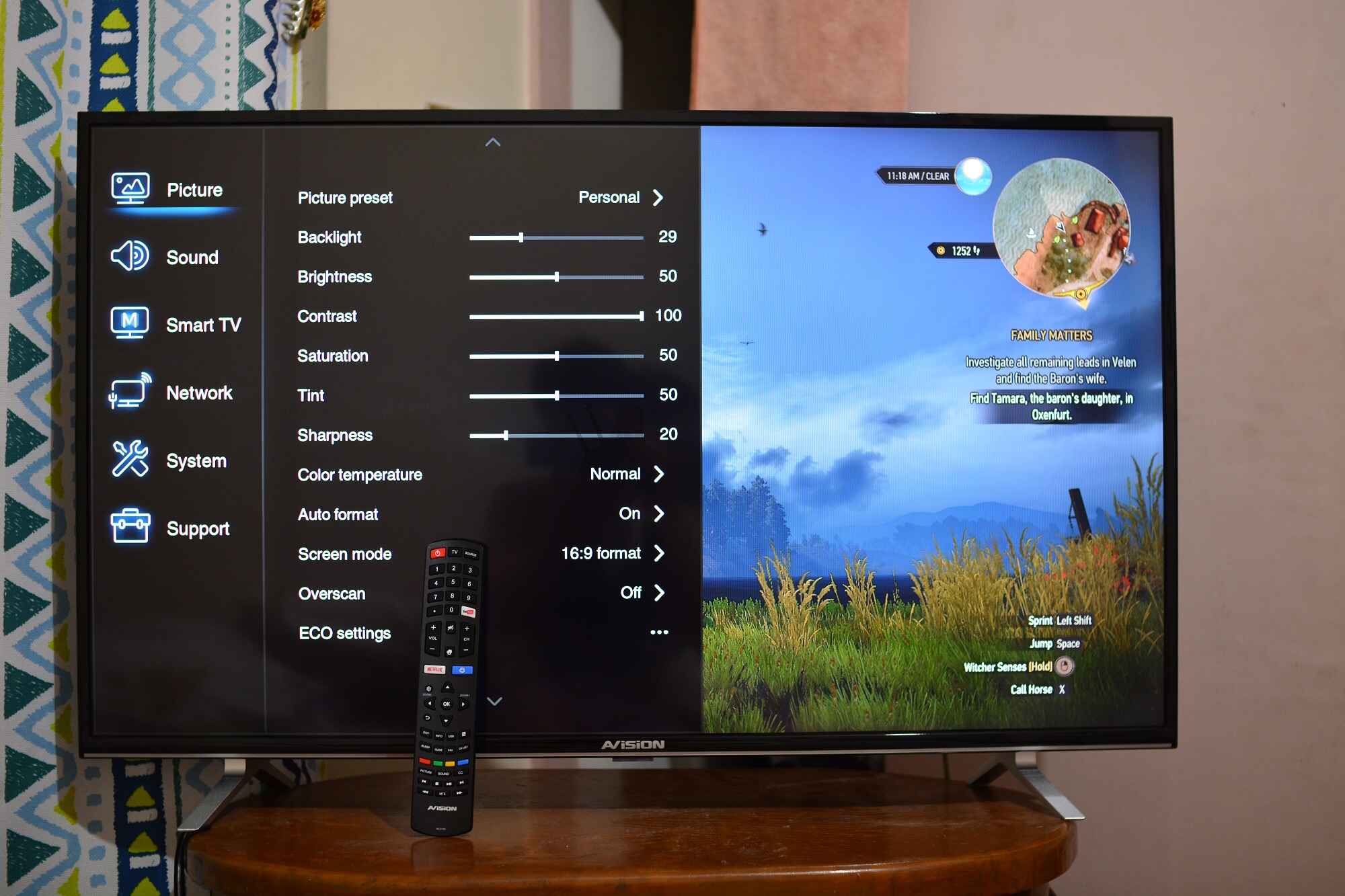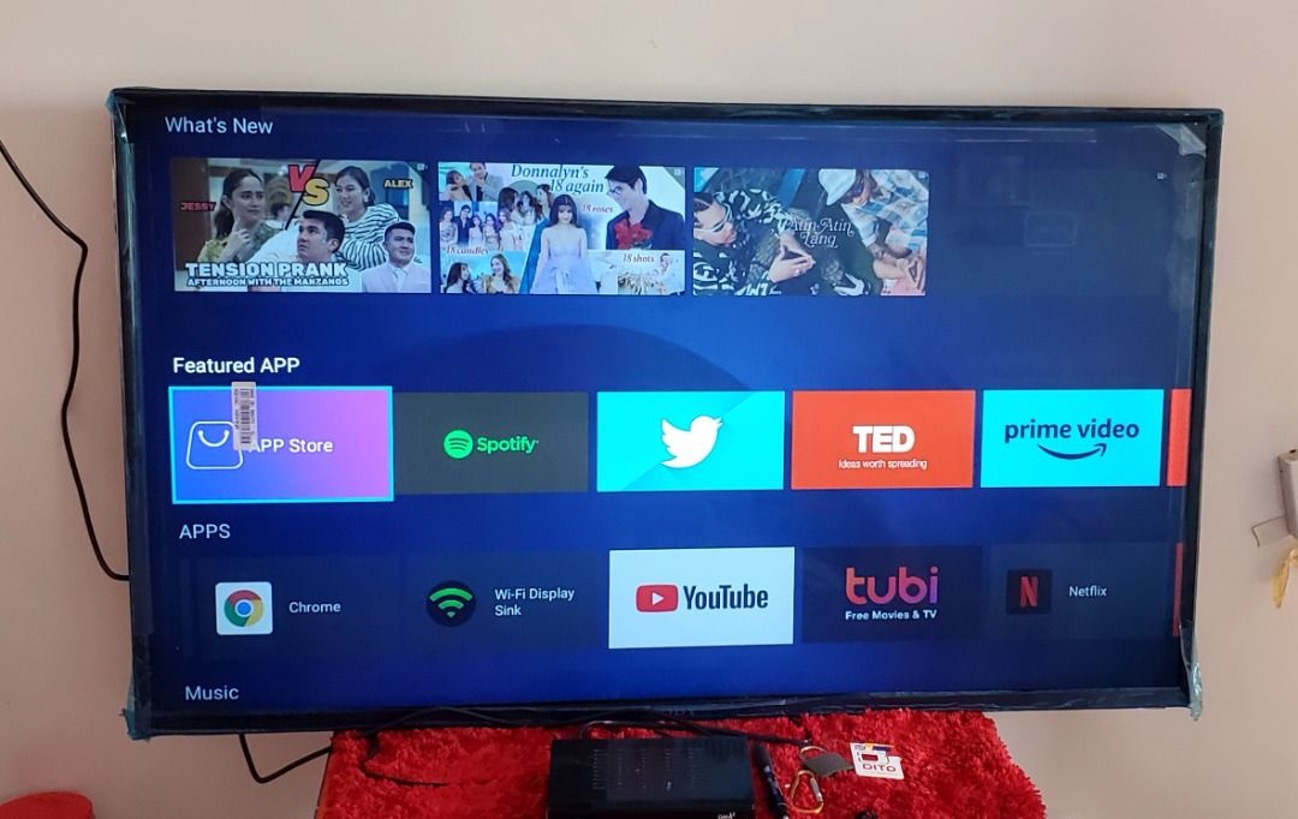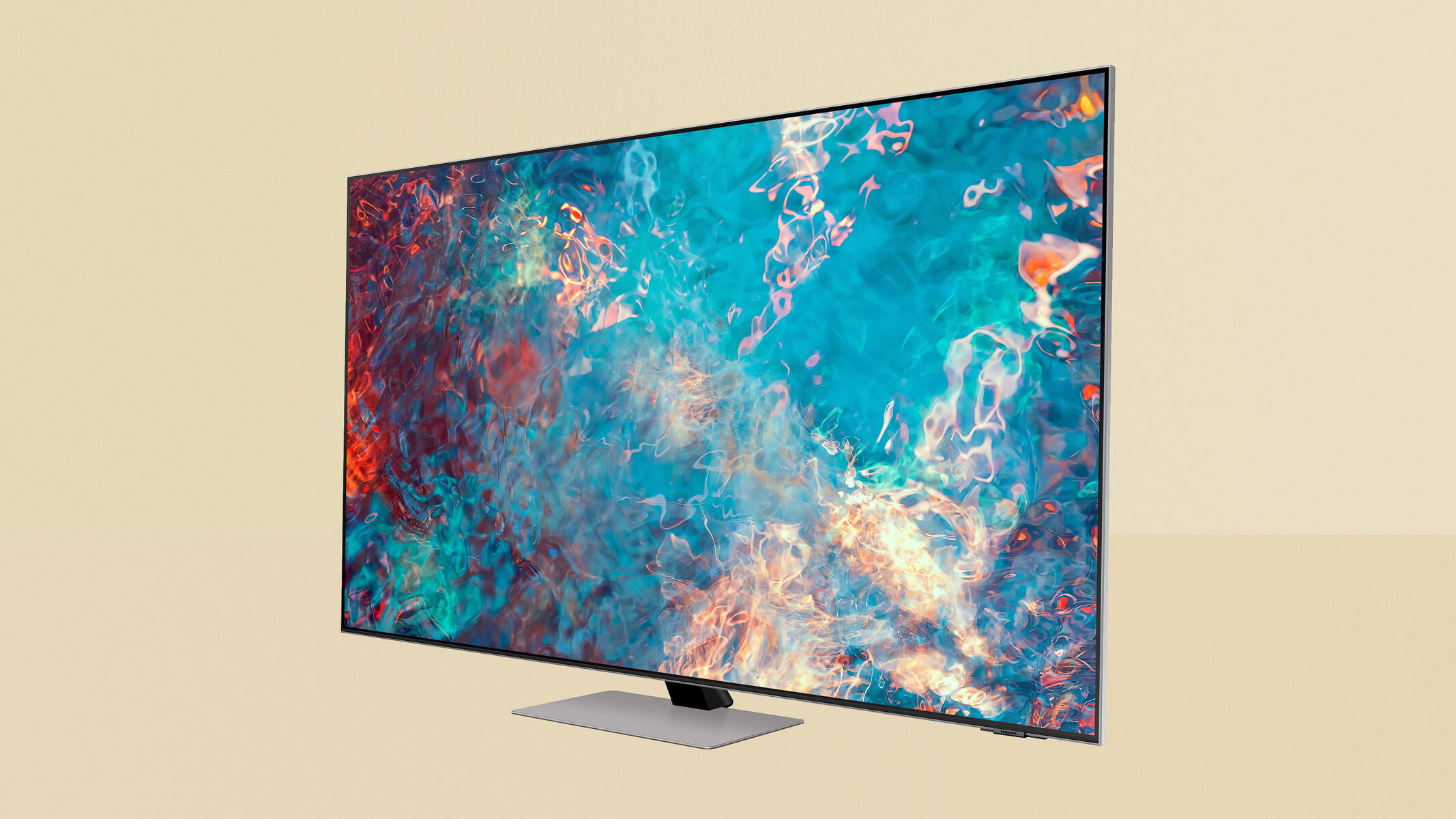Introduction
Welcome to the world of Samsung LED TVs, where you can immerse yourself in breathtaking visual experiences. However, you may have noticed that sometimes the image on your Samsung LED TV is cropped, causing frustration and confusion. Why does this happen? In this article, we will explore the reasons behind the cropping of images on Samsung LED TVs and learn how to optimize your viewing experience.
When you watch a movie or TV show, you expect to see the entire image on your screen. However, due to the nature of technology and the different aspect ratios and resolutions of content, cropping can occur. Understanding the factors that contribute to image cropping will enable you to make adjustments and enjoy your content in its entirety.
One factor that affects image cropping is the aspect ratio. The aspect ratio refers to the proportional relationship between the width and height of the image. Common aspect ratios include 4:3 (standard definition), 16:9 (high definition), and 21:9 (ultra wide). When a video with a different aspect ratio than your TV’s native aspect ratio is played, cropping can occur to fit the image on the screen.
In addition to aspect ratio, different resolutions can also lead to image cropping. For example, if you are watching a standard definition (SD) video on an HD TV, the lower resolution will be stretched to fit the higher resolution screen, resulting in cropping of the image. It is important to consider the resolution of the content you are watching to minimize this effect.
Another factor that can contribute to image cropping is overscan. Overscan is the practice of scaling down the image to ensure that the entire picture is displayed on the screen, even if some portions are not visible due to the bezel or overscan margin. Although overscan was commonly used in older CRT TVs, modern LED TVs typically have an option to disable overscan, allowing you to see the complete picture without cropping.
To further customize your viewing experience, Samsung LED TVs offer various picture size settings. These settings allow you to adjust the displayed image to your preference, whether it’s filling the screen entirely or preserving the original aspect ratio. Experimenting with the picture size settings can help eliminate cropping and optimize your viewing experience.
Additionally, Samsung LED TVs provide a zoom mode feature that allows you to expand or shrink the image. While this can be useful for filling the screen or emphasizing certain elements, using the zoom mode excessively can result in cropping. It is advisable to use zoom mode sparingly and revert back to the original aspect ratio when possible.
Finally, the Auto Motion Plus feature on Samsung LED TVs can also impact image cropping. This feature is designed to enhance motion smoothness, but in some cases, it may result in cropping. Disabling Auto Motion Plus can help mitigate this issue and ensure that the entire image is displayed.”
Aspect Ratio
The aspect ratio of a television determines the proportion between the width and height of the screen. It is expressed as a ratio, such as 4:3 or 16:9, where the first number represents the width and the second number represents the height. The aspect ratio of the content you’re watching should match the aspect ratio of your Samsung LED TV to avoid cropping.
Most modern television shows, movies, and streaming platforms are produced in a 16:9 aspect ratio, also known as widescreen or high definition (HD). This aspect ratio is suited for displaying content in a more cinematic and immersive format. However, older content, such as standard definition (SD) videos or older TV programs, might have a different aspect ratio, typically 4:3.
When you play content with a different aspect ratio than your TV’s native aspect ratio, image cropping can occur. For example, if you’re watching a 4:3 video on a 16:9 TV, the TV will need to crop or zoom in on the 4:3 content to fit it within the 16:9 screen. This cropping can result in the loss of certain elements or a distorted visual experience.
To avoid cropping, most modern Samsung LED TVs offer different viewing options depending on the aspect ratio of the content you’re watching. These options include:
- Normal mode: This mode displays the content in its original aspect ratio, with black bars on either side of the screen if the aspect ratios don’t match. While this preserves the integrity of the content, it may result in smaller letterboxing or pillarboxing on the screen.
- Stretch mode: This mode stretches the image horizontally to fill the entire screen, regardless of the original aspect ratio. While it eliminates the black bars, it can lead to distortion and elongation of certain elements in the image.
- Zoom mode: This mode enlarges the image to fill the screen, zooming in on the content. While it eliminates the black bars, it may crop some parts of the image, potentially cutting off important details.
Additionally, some Samsung LED TVs have an option to automatically adjust the aspect ratio based on the content being played. This feature is commonly referred to as “Auto Aspect Ratio” or “Just Scan.” When enabled, the TV will detect the aspect ratio of the content and adjust the display accordingly, reducing the need for manual configuration.
It’s important to note that while changing the aspect ratio of the content can help fill the screen and eliminate black bars, it may result in cropping or distortion. Therefore, it is advisable to select the viewing option that best suits the content you’re watching and preserves its original aspect ratio when possible.
Different Resolutions
The resolution of a television refers to the number of pixels it can display, which directly impacts the clarity and detail of the image. When it comes to Samsung LED TVs, different resolutions can affect how content is displayed on the screen, including the potential for image cropping.
Most modern Samsung LED TVs offer high-definition (HD) resolutions, such as 720p or 1080p, which provide incredibly crisp and detailed images. However, not all content is produced in HD. For example, older TV shows or standard-definition (SD) videos were created with lower resolutions, typically 480p. When you watch content with a lower resolution on an HD TV, the TV needs to upscale the image to fit the higher resolution screen.
This upscaling process can lead to image cropping. As the TV stretches the lower resolution image to fill the higher resolution screen, some parts of the image may be cut off or cropped. This cropping can vary in severity depending on the specific content and how it is being upscaled.
It’s important to consider the resolution of the content you’re watching and how it corresponds to the capabilities of your Samsung LED TV. If you’re watching SD content on an HD TV, you may notice cropping or loss of image details. In such cases, it may be beneficial to adjust the settings to minimize cropping and optimize the viewing experience.
To combat cropping caused by resolution differences, Samsung LED TVs often provide scaling options that allow you to choose how the content is displayed. These options include:
- Original resolution: This option displays the content in its native resolution, without any stretching or upscaling. While it preserves the integrity of the original image, it may result in black bars or a smaller image size if the resolution does not match the native resolution of the TV.
- Fit to screen: This option stretches or scales the incoming content to fit the entire screen, regardless of the original resolution. While it eliminates black bars, it may result in distorted or cropped images if the original resolution significantly differs from the TV’s native resolution.
- Screen fit: This option scales the incoming content to fill the entire screen while preserving the aspect ratio. It adjusts the image size to maintain the original proportions, reducing the likelihood of cropping or distortion.
By selecting the appropriate scaling option, you can minimize cropping and improve the visual quality of the content you’re watching. It’s recommended to experiment with these settings to find the one that best suits your preferences and the resolution of the content you’re viewing.
Overscan
Overscan is a feature that was commonly used in older CRT TVs, which involved scaling down the image to ensure that the entire picture is displayed on the screen, even if some portions are not visible due to the bezel or overscan margin. While overscan was necessary in the CRT era to compensate for the limitations of the technology, it is less relevant for modern Samsung LED TVs.
Modern Samsung LED TVs typically have the option to disable overscan, allowing you to see the entire image without any cropping or loss of information. When overscan is disabled, the screen real estate is fully utilized, resulting in a more accurate representation of the original content.
Disabling overscan on your Samsung LED TV can be beneficial for several reasons. Firstly, it eliminates any cropping that may occur due to the overscan margin, ensuring that all details of the image are visible. This can be especially important when watching movies or TV shows that have been specifically framed by the director.
Furthermore, disabling overscan can improve the overall image quality by preventing unnecessary scaling. When overscan is enabled, the TV needs to scale down the image to fit it within the visible screen area, which can result in a slight decrease in image quality and sharpness. By disabling overscan, the original image resolution is maintained, leading to a crisper and more detailed viewing experience.
It’s important to note that overscan is typically disabled by default on modern Samsung LED TVs. However, if you find that your image is still cropped or you suspect overscan is enabled, you can access the TV’s settings menu to verify and disable overscan if necessary.
It’s worth mentioning that overscan can sometimes be confused with other settings or features that may cause image cropping, such as aspect ratio or picture size settings. It’s important to ensure that overscan is indeed disabled and that you have selected the appropriate aspect ratio and picture size settings to fully optimize your viewing experience.
By disabling overscan on your Samsung LED TV, you can enjoy a more immersive and accurate viewing experience with no unnecessary cropping or distortion of the content.
Picture Size Settings
The picture size settings on your Samsung LED TV allow you to customize how the content is displayed on the screen. By adjusting these settings, you can ensure that the entire image is visible without any cropping or loss of information.
Depending on your Samsung LED TV model, you may have different picture size options available. These options can include:
- 16:9: This setting displays the content in its original widescreen aspect ratio, which is commonly used for high definition (HD) content and modern TV shows and movies.
- 4:3: This setting displays the content in the standard television aspect ratio, typically used for older TV shows or standard definition (SD) content.
- Fit to Screen: This option adjusts the size of the image to fit the entire screen, regardless of the original aspect ratio. While it eliminates black bars, it may result in cropping or distortion if the original aspect ratio significantly differs from the TV’s native aspect ratio.
- Screen fit: This option scales the content to fill the screen while preserving the original aspect ratio. It maintains the proportions of the image, reducing the likelihood of cropping or distortion.
To optimize your viewing experience and avoid cropping, it’s important to select the appropriate picture size setting based on the aspect ratio of the content you’re watching. For example, if you’re viewing content in a 16:9 aspect ratio, selecting the “16:9” or “Screen fit” option will ensure that the entire image is displayed without any cropping.
However, if you’re watching content in a 4:3 aspect ratio, using the “Fit to Screen” option might be more suitable to fill the screen and maximize visibility, although it may result in cropping or distortion of the image. Alternatively, you can choose the “4:3” option to preserve the original aspect ratio without any cropping, but this may result in black bars on either side of the screen.
Experimenting with the picture size settings will allow you to find the optimal configuration for your viewing preferences and the aspect ratio of the content you’re watching. Keep in mind that some TVs also offer the option to automatically adjust the picture size based on the content being played, which can simplify the process and ensure the best fit for each individual video.
By selecting the correct picture size setting and adjusting it accordingly, you can enjoy the full visual experience of your Samsung LED TV without any cropping or loss of important image details.
Zoom Mode
The zoom mode feature on Samsung LED TVs allows you to adjust the size of the displayed image, either by enlarging or shrinking it. While this feature can be useful for customizing your viewing experience, it’s important to use it judiciously to avoid cropping or distortion of the image.
There are different zoom modes available on Samsung LED TVs, including:
- Zoom 1: This mode zooms in on the image, enlarging it to fill the screen. It can be helpful when you want to focus on specific details or elements of the content, but it may result in cropping, cutting off portions of the image.
- Zoom 2: This mode provides a larger zoom level compared to Zoom 1, further magnifying the image. Similar to Zoom 1, it may result in cropping of the image.
- Zoom 3: This mode shrinks the image, reducing its size to fit on the screen. It can be used to view the entire image when it is larger than the screen size, but it may result in smaller visuals and potential loss of image details.
When using the zoom mode, it’s essential to be aware of the aspect ratio of the content you’re watching. If the aspect ratio of the content matches the aspect ratio of your Samsung LED TV, using the zoom mode excessively can lead to unnecessary cropping or distortion of the image. It’s advisable to use the native aspect ratio setting instead, as this will display the content in its original proportions without any cropping.
However, there may be instances where adjusting the zoom mode can be helpful, such as when you’re watching a video with a different aspect ratio than your TV’s native aspect ratio. In such cases, you can experiment with the zoom modes to find the best fit for the content. Keep in mind that zooming in too much may result in cropping, cutting off important details, while zooming out excessively can make the image appear smaller and less immersive.
It’s recommended to exercise caution when using the zoom mode and consider the impact it may have on the overall viewing experience. Minimizing the use of zoom and sticking to the appropriate aspect ratio settings will help ensure that the entire image is visible without any unnecessary cropping or distortion.
By understanding the zoom mode options and adjusting them sensibly, you can customize your viewing experience while preserving the integrity of the content you’re watching on your Samsung LED TV.
Auto Motion Plus
Auto Motion Plus is a feature available on many Samsung LED TVs that is designed to enhance the smoothness of motion in videos and reduce blur. It works by inserting additional frames between the original frames of a video to create a higher frame rate. While this feature can enhance the visual experience, it’s important to be mindful of its potential impact on image cropping.
When Auto Motion Plus is enabled, the TV analyzes the incoming video content and applies motion smoothing algorithms to create a smoother and more fluid motion. However, this process may result in some cropping of the image. The additional frames inserted by Auto Motion Plus can cause a slight zooming in effect, cutting off a portion of the original image to maintain the smoothness of motion.
To mitigate any cropping caused by Auto Motion Plus, you have the option to adjust the settings or disable the feature altogether. The specific settings available may vary depending on your Samsung LED TV model, but common options include:
- Off: This option disables Auto Motion Plus entirely, which eliminates the possibility of cropping but may result in a less smooth motion experience.
- Custom: This option allows you to fine-tune the intensity of the motion smoothing effect. By reducing the value or turning it off, you can potentially decrease the amount of cropping.
- Blur Reduction: This option focuses on reducing blur in fast-moving scenes without applying heavy motion smoothing. It can be a more subtle alternative to the full Auto Motion Plus feature, potentially reducing the likelihood of cropping.
It’s important to note that the extent of cropping caused by Auto Motion Plus can vary depending on the content being played and the specific settings selected. Some users may prefer the smoother motion and accept a minor amount of cropping, while others may prioritize preserving the original aspect ratio and disable Auto Motion Plus entirely.
Experimenting with the Auto Motion Plus settings on your Samsung LED TV will help you find the right balance between motion smoothness and preserving the integrity of the image. Keep in mind that excessive use of the feature or using high motion smoothing values may lead to more noticeable cropping, especially with content that utilizes a different aspect ratio than your TV’s native aspect ratio.
By adjusting the Auto Motion Plus settings to your preference and considering the impact on cropping, you can optimize your viewing experience and enjoy high-quality motion without sacrificing the integrity of the original content.
Conclusion
Understanding the factors that contribute to image cropping on Samsung LED TVs is crucial for optimizing your viewing experience. Factors such as aspect ratio, different resolutions, overscan, and picture size settings can all play a role in whether or not the entire image is displayed on the screen. Additionally, features like zoom mode and Auto Motion Plus may impact cropping as well.
By selecting the appropriate picture size setting, adjusting the zoom mode sensibly, and disabling overscan, you can ensure that the entire image is visible without any unnecessary cropping or distortion. It’s also important to consider the aspect ratio and resolution of the content you’re watching and choose the appropriate settings to match.
While Auto Motion Plus can enhance the smoothness of motion, it’s important to be aware that it may introduce some cropping as well. Adjusting the settings or disabling the feature altogether can help minimize cropping while still providing a satisfying viewing experience.
In conclusion, by understanding the various factors and settings that impact cropping on Samsung LED TVs, you can customize your viewing experience and preserve the integrity of the original content. Don’t be afraid to experiment with different settings to find the optimal configuration that provides you with the best possible image quality without any cropping or loss of important details. Enjoy your Samsung LED TV to the fullest and immerse yourself in the world of incredible visuals.







